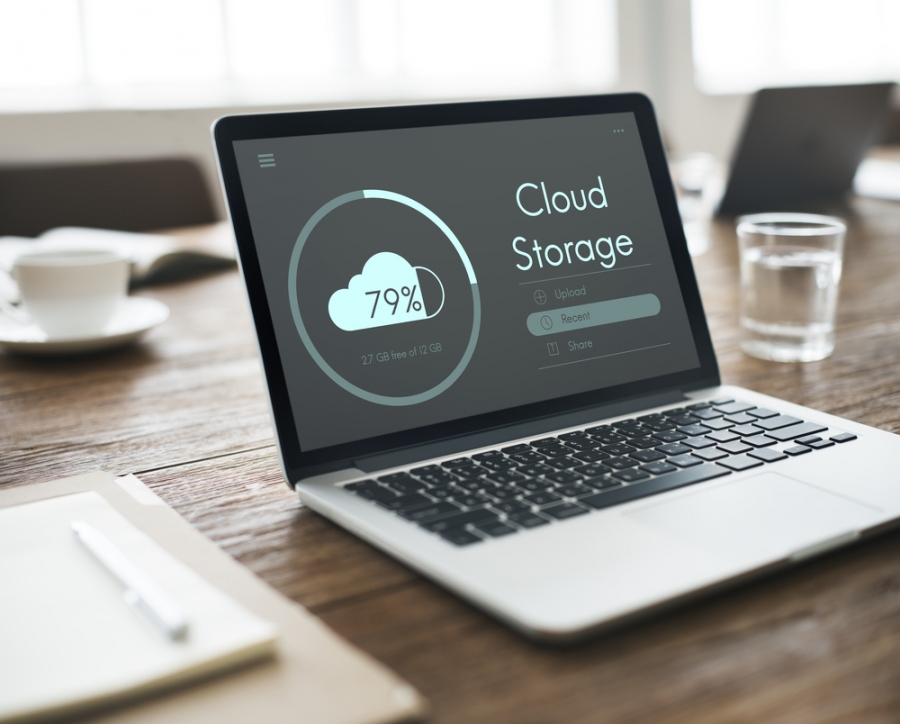Organizing and Storing Important Family Files
The pandemic is a great time to get our lives together, and a big part of that is doing some major cleaning and reorganization. It may be tedious, but making an effort to remove clutter from our home will do wonders for our mental health.
If you’ve had many kids and never took the time to reorganize their important documents, the time to do so is now. Here are some key tips for organizing and storing your family’s important files and documents.
Categorize piles
The first step is to categorize every file and document you have at home. Here are some examples of basic categories you can use:
- Personal. This category should house your family’s legal identification documents like passports, birth certificates, social security cards, marriage licenses, and adoption papers.
- Tax documents. This includes your tax returns, receipts, records, and other tax-related files and forms.
- Property files. This can include your mortgage statements, bills of sale, property deeds, insurance policies, and car registration and titles.
- Medical records. This category includes your family’s medical records if you have them in physical form, health insurance policies, medical bills, powers of attorney, wills and living wills, and burial instructions.
- Financial files. This is where your pay stubs, retirement or pension plan records, investment statements, and other financial documents should go.
- Education. This category is where you keep your family’s diplomas, medals, certificates, licenses, and other important documents that you will need for your career.
- Pets. This can include your pets’ adoption records, vaccination records, medical records, and other important files.
Make sure to use colored folders to separate these categories, and choose a palette that looks good with your interiors. To make everything even more organized, consider making a sub-category for different family members so you can easily cross-reference any document you need at any time. Use manila folders with tabs to make it easier for the user to sort through the files and alphabetize them for convenience.
Arrange physical photos
The same principle applies to printed photos: Try as hard as you can to identify when the photos were taken, and sort them by year. If it’s difficult to figure out when a photo was taken, especially if they’re old, try other categories like theme or people. If you find old photos of your family members that are a bit rough around the edges, consider learning how to restore them. Who knows? It might be a delightful way for you and your family to bond over your family history. Then invest in cute photo albums that will complement the design of the rest of your living room or coffee table.
Invest in shelves
These files need to have somewhere to go. If there’s enough room in your home office, invest in new shelves that can help house these boxes of files. But be sure to use appropriate sizes—if you’re thinking of going digital soon, you might not need bigger shelves with plenty of storage.
Keep everything clean
Now that you’ve managed to organize everything, here are some tips for maintaining it:
- Think about frequency. How many times will you be adding to specific categories? Make sure to use out-of-the-way and inconvenient storage spots (for example, high shelves and less-used cabinetry) are the most suitable places for archiving files you don’t need, like bank statements and tax returns. Choose easily accessible storage spaces for files you need more often, like passports and medical records.
- Make space for a landing pad. Set up a regular drop zone in common areas of your home, like your kitchen counter, for incoming paperwork and mail. Designating one spot for this purpose will prevent your home from accumulating too many files over time.
- Invest in a fireproof box for your most important physical files. You never know when an accident or a disaster can happen. It’s always good to be prepared.
Go digital
Last but perhaps most importantly, consider going digital. Keeping your important documents and photos in secure cloud photo storage is safer, and it poses much fewer space issues. At the same time, when everything is accessible through your computer or phone, it’s much faster to get to the file or photo you need.
All you need to do is to scan your important documents using your phone and related apps, and presto! You get to keep your documents and photos no matter what happens to their physical copies.
Staying organized is good for your home and your mental health. Make your home life easier this quarantine by keeping everything in its proper place.

